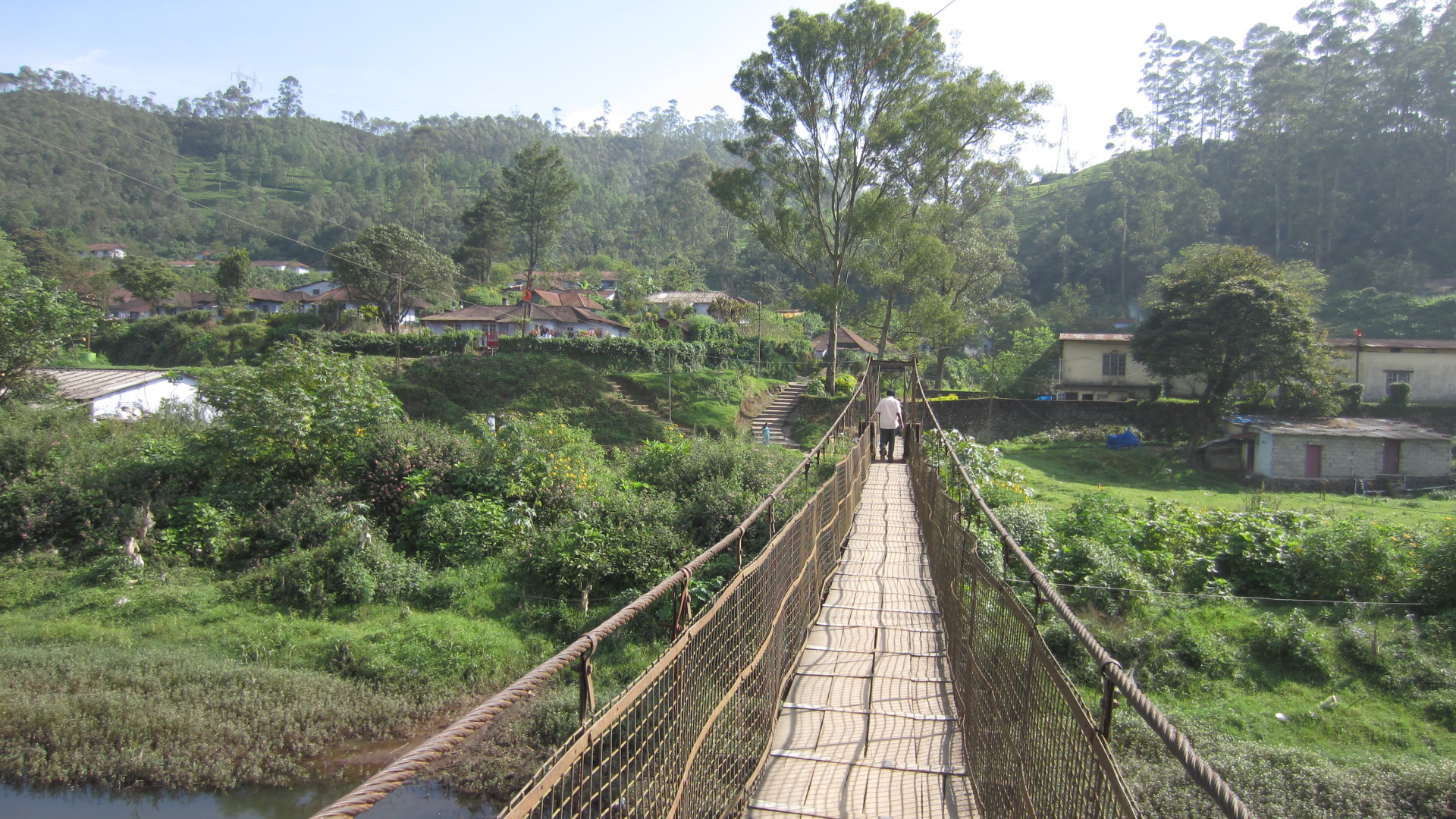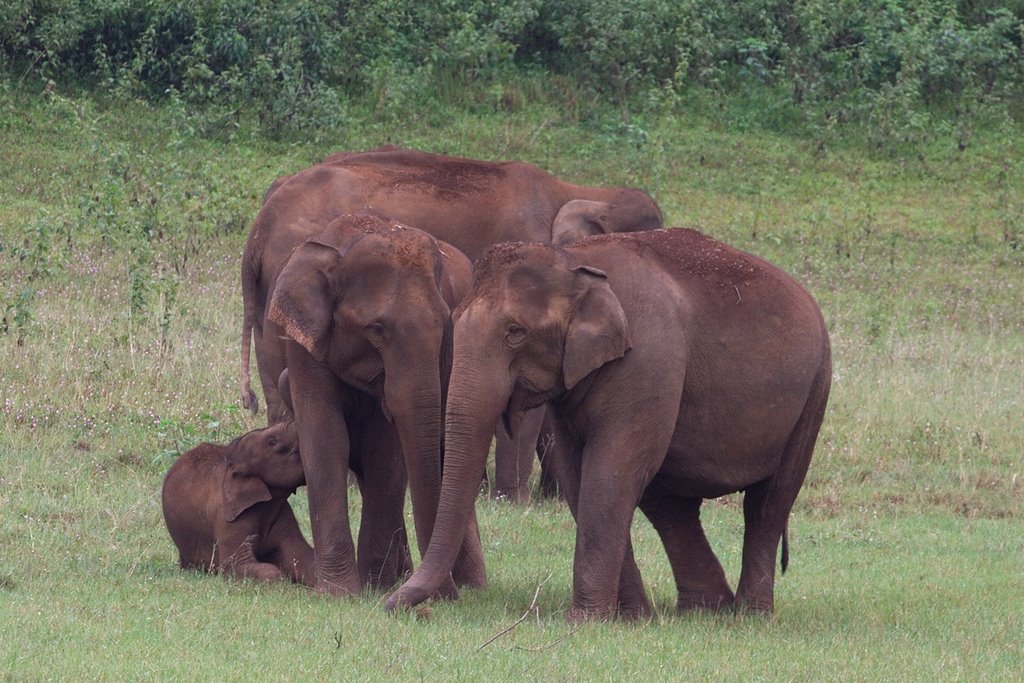 |
| Special Rajasthani Dish Swapnil.Karambelkar, CC BY-SA 4.0, via Wikimedia Commons |
Food is an integral part of the Jaisalmer experience, and the city’s culinary heritage reflects the resilience and creativity of the desert communities.
The arid climate of Rajasthan has shaped its food culture, leading to dishes that are rich in flavor, long-lasting, and often prepared with minimal water.
Every meal here tells a story of tradition, sustenance, and hospitality. Below is a detailed look into some of the most iconic dishes of Jaisalmer and Rajasthan, their ingredients, methods of preparation, cultural significance, and what visitors can expect when tasting them.

Dal Baati Churma
Munnaramgurjar, CC BY-SA 4.0, via Wikimedia Commons
Dal Baati Churma

Munnaramgurjar, CC BY-SA 4.0, via Wikimedia Commons
Dal Baati Churma is the crown jewel of Rajasthani cuisine. It consists of three elements: dal (lentil curry), baati (round, baked wheat balls), and churma (sweetened crushed wheat mixture).
The baatis are made by kneading wheat flour with ghee and a pinch of salt, shaping them into firm balls, and baking them over a wood fire or in a clay oven until they turn golden and crisp.
The dal is prepared using a mix of lentils such as toor, moong, and chana, flavored with garlic, onions, tomatoes, and an aromatic tempering of cumin and red chili. Churma, the sweet counterpart, is made by crushing baked wheat balls, mixing them with ghee, and sweetening with jaggery or sugar.
The dish is typically served together, with hot baatis dipped in ghee, paired with dal, and followed by a spoonful of churma. It represents the perfect balance of savory and sweet. In Jaisalmer, a plate of Dal Baati Churma is usually priced between INR 200–400 in mid-range restaurants, while luxury hotels may present it in an elaborate thali style. Tourists find the experience wholesome and hearty, as the dish embodies Rajasthani warmth and hospitality.

Ker Sangri,
Maccess Corporation, CC BY 3.0,
via Wikimedia Commons
Ker Sangri
Maccess Corporation, CC BY 3.0,
via Wikimedia Commons
Ker Sangri is a unique dish that originates from the desert environment itself. Ker is a wild berry with a tangy flavor, and sangri is a long, thin bean that grows in the Thar Desert.
Together, they form a staple that has been consumed for centuries. The preparation involves soaking ker and sangri, then sautéing them in oil with spices like cumin, turmeric, coriander, and dried red chilies. Some versions add yogurt or amchur (dried mango powder) for tanginess.
This dish is not just delicious but also sustainable, as these ingredients are naturally found in the desert and require little water to grow. It pairs beautifully with bajra roti and is often part of traditional thalis.
The taste is earthy, slightly sour, and deeply spiced, making it an adventure for the palate. Ker Sangri is moderately priced, often between INR 150–300, depending on the restaurant, and is highly recommended for those wanting to savor authentic desert flavors.

Gatte ki sabzi served with aamras and garlic chutney
Kanikatwl, CC BY-SA 4.0, via Wikimedia Commons
Gatte ki Sabzi

Kanikatwl, CC BY-SA 4.0, via Wikimedia Commons
Another highlight of Jaisalmer cuisine is Gatte ki Sabzi, a dish made from gram flour (besan).
Gram flour is kneaded with spices like ajwain, carom seeds, turmeric, and chili to form dough, which is then rolled into cylindrical shapes, boiled, and cut into small dumplings called gattas.
These dumplings are cooked in a tangy yogurt-based curry seasoned with cumin, mustard seeds, and dried chilies. The dish’s creamy yet spicy gravy makes it a comforting staple across Rajasthani households.
If any tourists need any help, here is the official website of the Government of India to guide the domestic and foreign tourists: India Tourism Development Corporation (ITDC)
The preparation process is ingenious, designed to withstand desert conditions where fresh vegetables were not always available. Gatte ki Sabzi is usually enjoyed with steamed rice or rotis, offering a wholesome and flavorful meal. For visitors, it is often served as part of traditional thalis in Jaisalmer’s restaurants, with prices ranging from INR 200–350. Its distinct taste, combining the softness of gattas with the richness of yogurt gravy, makes it a must-try.

Bajre ki roti and lehsun ki chutney
Parul 309, CC BY-SA 4.0, via Wikimedia Commons
Bajre ki Roti with Garlic Chutney
 |
| Bajre ki roti and lehsun ki chutney Parul 309, CC BY-SA 4.0, via Wikimedia Commons |
Bajre ki Roti is a traditional millet-based flatbread that perfectly reflects the agricultural practices of the desert.
Bajra, or pearl millet, thrives in arid soil and provides nourishment and energy. The rotis are made by kneading bajra flour with warm water and salt, rolling it into flat discs, and cooking it on a hot griddle. They are rustic, hearty, and slightly nutty in flavor.
The star accompaniment to this bread is the garlic chutney (lahsun ki chutney), a fiery paste made from garlic cloves, dried red chilies, cumin, and salt, blended together with oil. The combination of earthy bajra roti and spicy garlic chutney is iconic in Rajasthani households. In Jaisalmer, this dish is commonly served in local eateries and dhabas at very affordable prices, ranging from INR 50–150. For travelers, it provides a simple yet powerful taste of authentic desert life.
.JPG)
Sweet Lassi with Butter
Hartej.hundal, CC BY-SA 4.0, via Wikimedia Commons
Makhania Lassi
Hartej.hundal, CC BY-SA 4.0, via Wikimedia Commons
No culinary journey in Jaisalmer is complete without tasting Makhania Lassi, a rich and creamy yogurt-based drink.
Unlike the typical lassi, Makhania Lassi is thick, sweet, and flavored with saffron, cardamom, and dry fruits such as pistachios and almonds.
The drink is made by blending full-fat yogurt with sugar, saffron strands, and spices, then topping it with a dollop of fresh cream.
Served chilled, it is both refreshing and indulgent, providing relief from the desert heat. It is often enjoyed after meals or as a standalone treat. Makhania Lassi is popular among both locals and tourists, sold in sweet shops and restaurants throughout Jaisalmer. Prices range from INR 80–200 depending on the establishment and size. Its rich texture and aromatic flavors leave a lasting impression on visitors, making it one of the most cherished beverages of Rajasthan.

A Rajasthani Non-Vegetarian
Meat Dish made from lamb/goat meat.
Hamzaghanchi, CC BY-SA 3.0,
via Wikimedia Commons
Laal Maas

Meat Dish made from lamb/goat meat.
Hamzaghanchi, CC BY-SA 3.0,
via Wikimedia Commons
For meat lovers, Laal Maas is an unforgettable dish. Literally translating to “Red Meat,” Laal Maas is a fiery lamb curry known for its deep red color and bold flavors.
Traditionally made with mutton, the dish uses generous amounts of dried red chilies, garlic, and yogurt.
The chilies give the dish its fiery heat and striking color, while the slow-cooked mutton turns tender and flavorful.
The preparation begins with marinating the mutton in yogurt and spices, followed by cooking it slowly in ghee, onions, and a chili-garlic paste.
The curry is robust, smoky, and spicy, best paired with bajra roti or steamed rice. Historically, this dish was favored by Rajput warriors after hunting expeditions. In Jaisalmer, it is served in both rustic eateries and luxury hotels, with prices ranging between INR 400–700 per plate. Its intense heat is not for the faint-hearted, but adventurous food lovers consider it a culinary gem.




.jpg)
.jpg)


.jpg)









